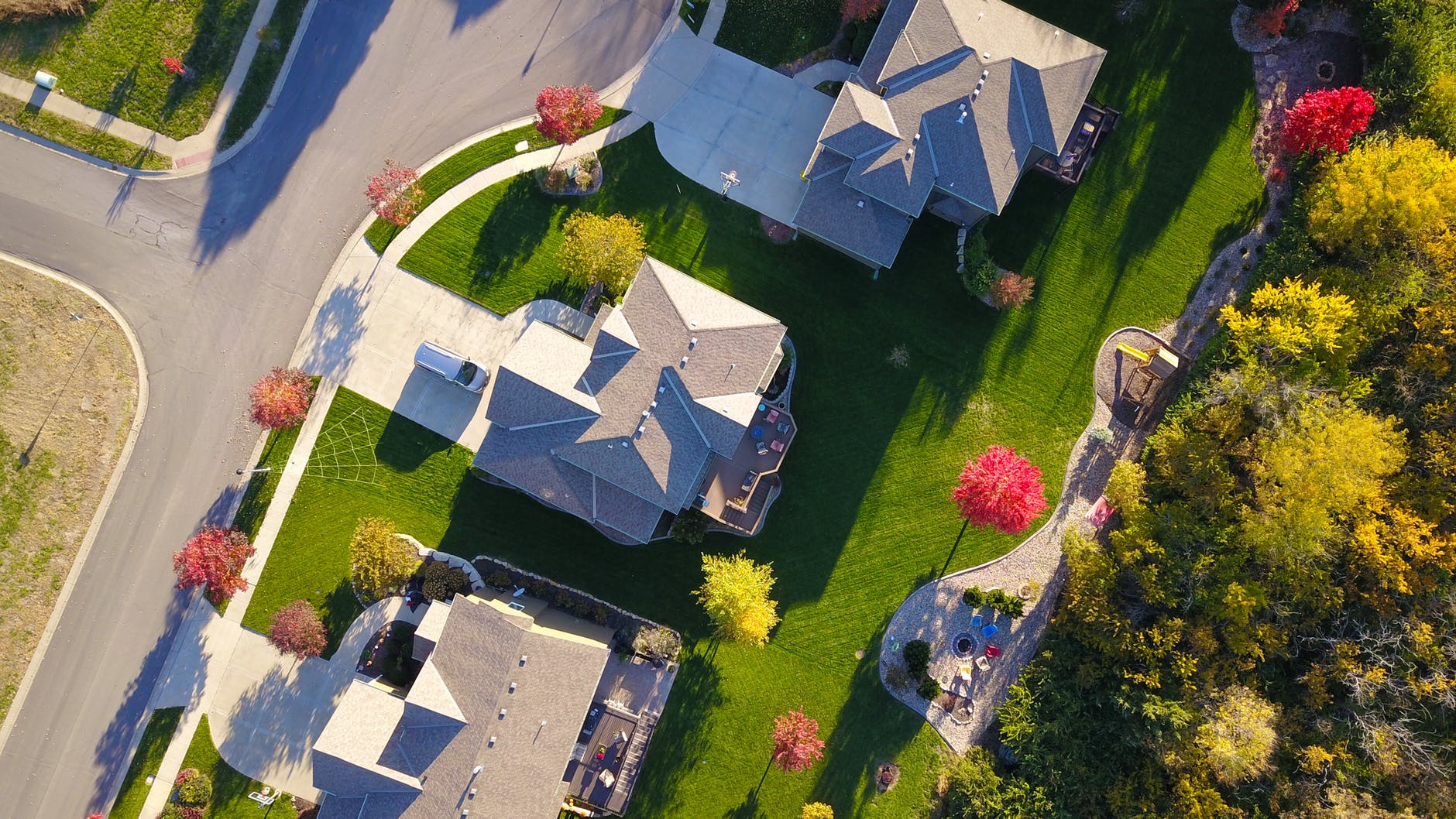Unmanned aviation technology is a recent revolution that is opening a new commercial landscape. Metaphorically, the sky is the limit for commercial drone photography services. Operations, traditionally anchored on the ground, are gaining a vertical edge over the competition by integrating unmanned aerial vehicles.
Professional drone photography provides companies with a bird’s eye view that relies on current, accurate information. Agriculture and flood plain mapping benefit from the high vantage point. Infrared cameras mounted on drones effectively identify structural heat inefficiencies.

Aerial photography is now a must for building inspectors and real estate agents. Police departments have come to realize the capacity of UAS (Unmanned Aerial Systems) that provide real-time monitoring. Helicopters are not needed for monitoring traffic situations or pursuing suspects. Quadcopter drones offer a less intrusive and more cost-effective option.
The Federal Aviation Administration relaxed the rules for operating commercial drones in 2016. Special dispensation and a pilot’s license are no longer required to use drones for business purposes. A Commercial Drone License opened the avenue for a commercial drone course.
Independent companies and organizations offer a commercial drone course that prepares prospective pilots to fly and adhere to FAA requirements. Gaining a Commercial Drone License requires passing a test.
As drones become more pervasive, opportunities for businesses and drone pilots that provide aerial drone photography services are likely to expand rapidly. Those investing early and establishing an industry presence will enjoy the benefits and rewards of getting in on the emerging field’s ground floor.
Reasons for the Growth of Drone Photography Business
It is difficult to find a businessperson who will not be affected by drone technology. The reasons drone photography business is growing include the following.
· Drones are not necessarily bad for employment prospects.
· Military drones are only a fraction of the drone market.
· The FAA anticipates having 1.6 million drones in the sky this year.
· By 2024, the worldwide commercial drone market will reach $1.7 million.
· Drones can save lives.
· Less than one percent of drones will be used for delivery.
· Drone technology advancement exceeds drone regulations.
Better jobs may replace jobs that are lost. Lower-level jobs that gather data will likely be replaced by analytical roles and people mitigating against environmental harm. The civilian and commercial drone market has an expected 66.8% compound annual growth rate.

By 2023, it is anticipated there will be 2.4 million drones in use. The military drones have a 12.4% expected annual growth rate for the same period. Currently, the most viable commercial drone applications are their use in video and commercial drone photography.
There is increasing use of drones in the delivery, media, real estate, construction, and agriculture sectors. Amazon has a proposed delivery service. You can do many mundane activities like roof inspections more safely and cheaply with a drone.
About 50 roofers every year die while inspecting shingles or tiles on a roof, and many more are injured. What takes a human 45 minutes to do, a drone can gather the information in a few minutes. Consumers usually think about commercial drones in terms of delivering packages.
Using them for that purpose will be few and far between. In 2020, less than one percent of drones were used for deliveries. It is more likely that drones will find a business-to-business niche first, especially for companies’ internal services where logistics is not such a significant factor.
Aviation is among the most heavily regulated industries, which makes it difficult to disrupt the way startups do things. Developing a solution and showing the government and heavily regulated industries is not a workable solution.
It is necessary to recognize the constraints they face, even if they want to cooperate as well as the timeline limitations to enter the market. Not only the federal government but local and state governments are also involved.
Benefits of Aerial Drone Photography in the Real Estate Business
Aerial drone photography is on the rise as more people become interested in drone technology. Photographers have come up with applications and the technology to capture what was impossible to reach earlier.
The small aircraft can fly and take continuous shots that help describe a place. A real estate business needs professional-standard photography to attract buyers. They are attracted to visually appealing objects.
With the photographer’s skills, a dull place is made to look beautiful. Drone technology offers photos of any place. It clicks pictures of corners or areas that a photographer on the ground cannot take. The photographer has control to move the drone wherever needed to get the ideal shot.

There are a variety of other uses for drone technology. Taking clear pictures of a large landscape is possible. Pictures of amenities, proximity to a neighborhood, and surroundings are part of a detailed view of a property.
It makes selling property in a beautiful location much less of a hassle, and showcasing the beauty of the surroundings can help attain a better price. A photographer’s team usually involves a lot of people, equipment, and assistance to be successful. Little aid is needed for aerial drone photography.
Source of Professional Drone Photography
Alex photography is a Utah Drone photography business that provides 40 to 80 professional aerial photos in a typical project. You also get two or three professional drone videos that have been edited and minor touch-ups applied.
All drone photography projects include at least one hour of flight time to make sure you have multiple, superb quality angles from which to choose. The videos provided are about one to three minutes in length. After the videos and images are taken, they are edited to give the best look. You can have various effects such as adding pins, outlining sections or a perimeter, and text applied.
